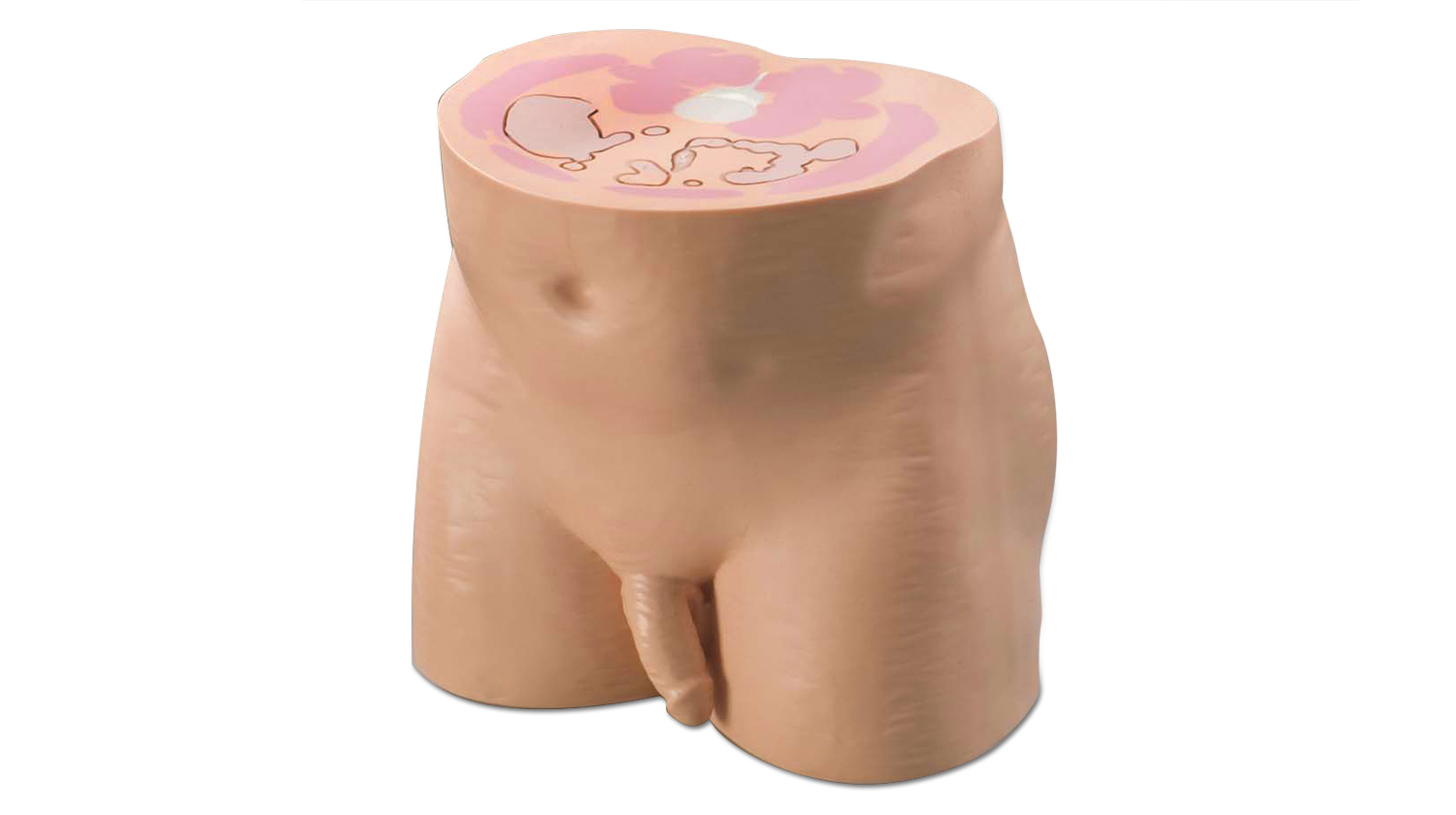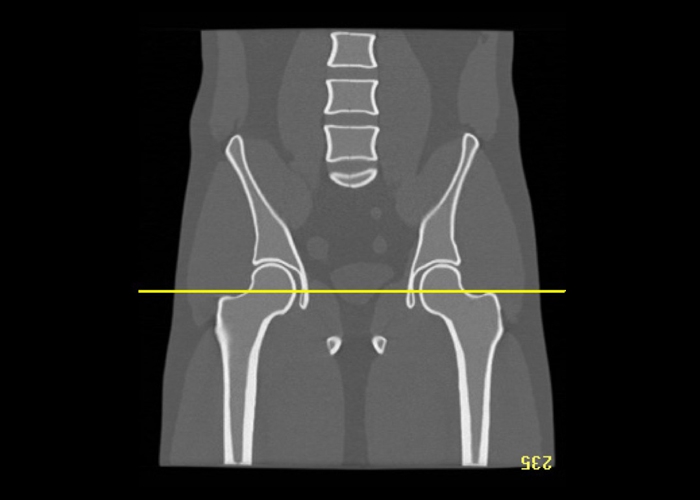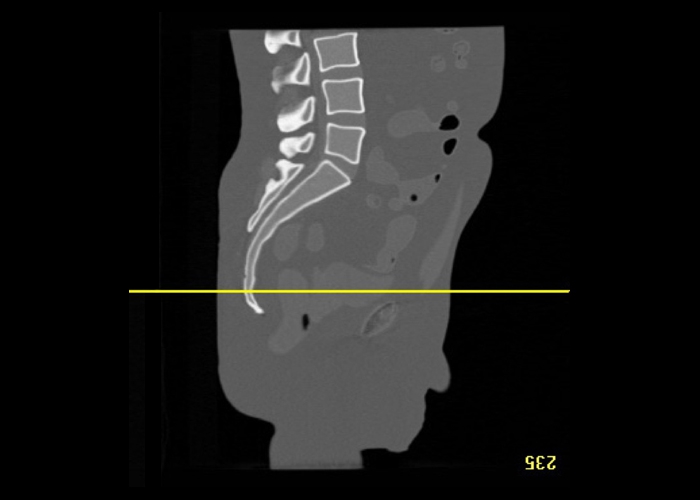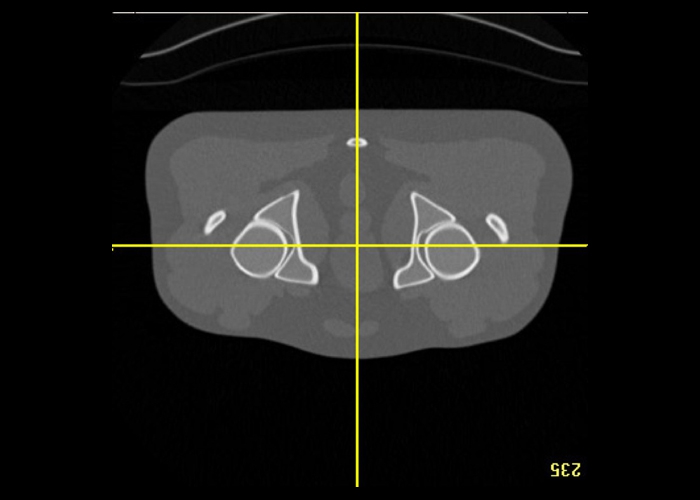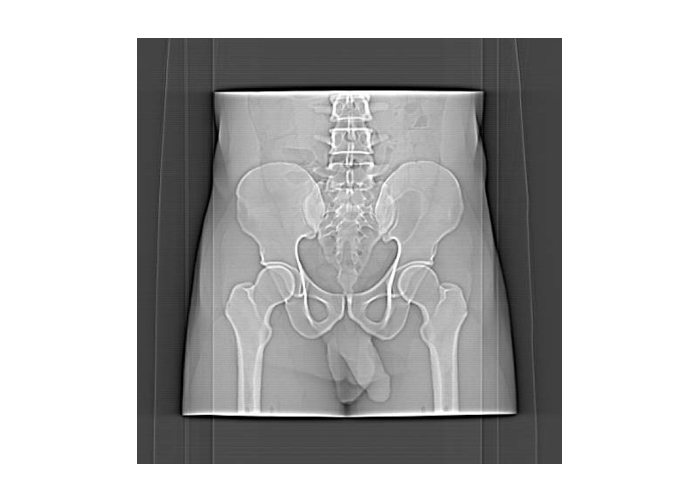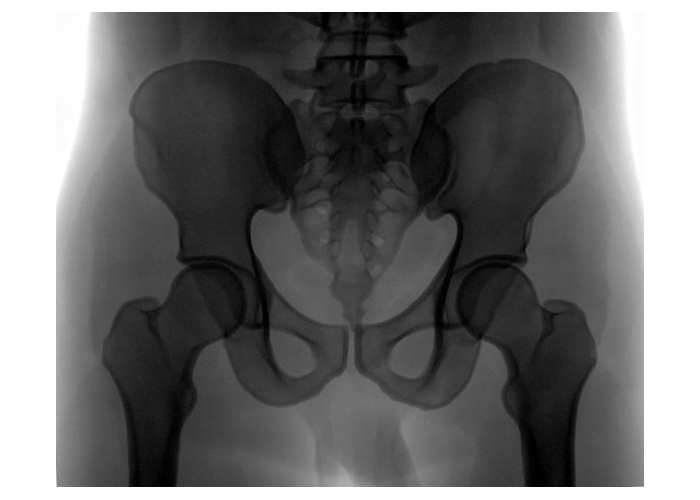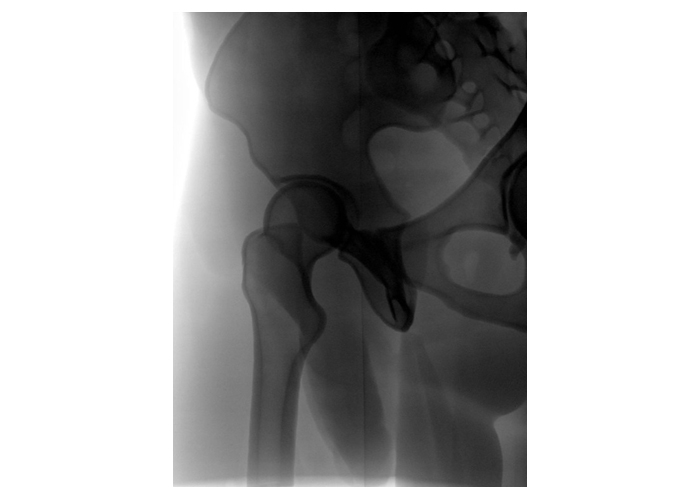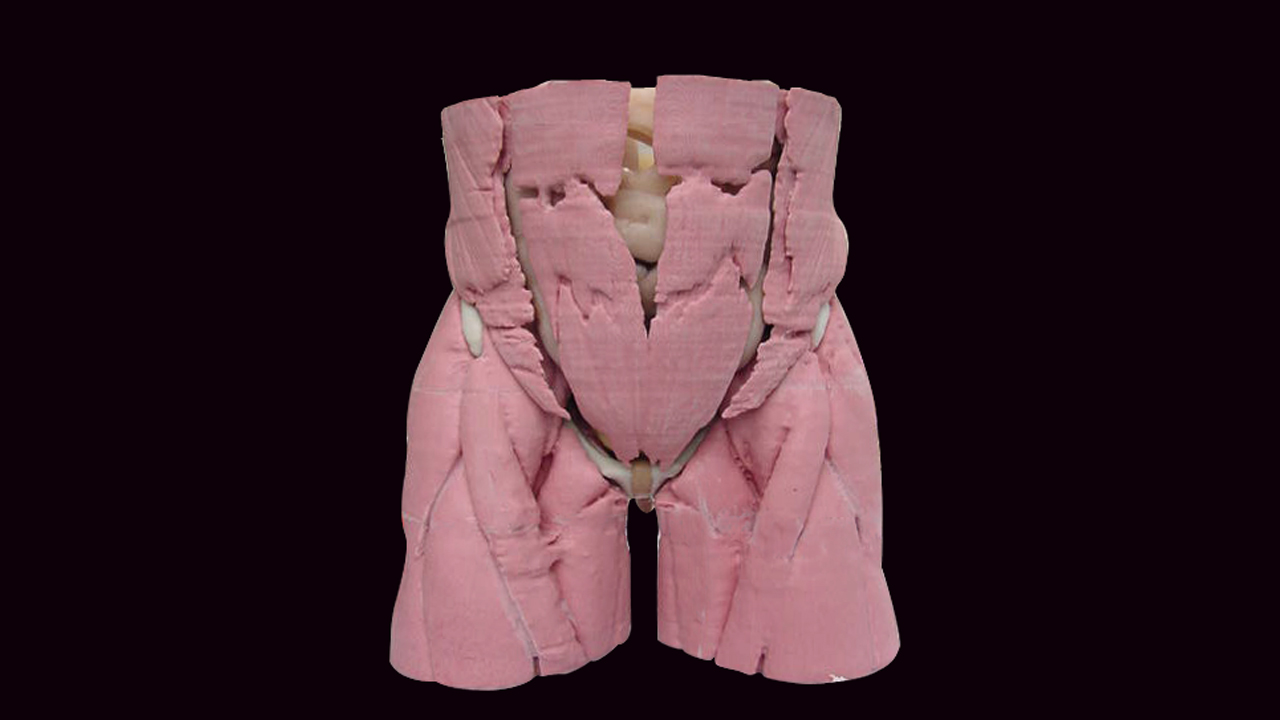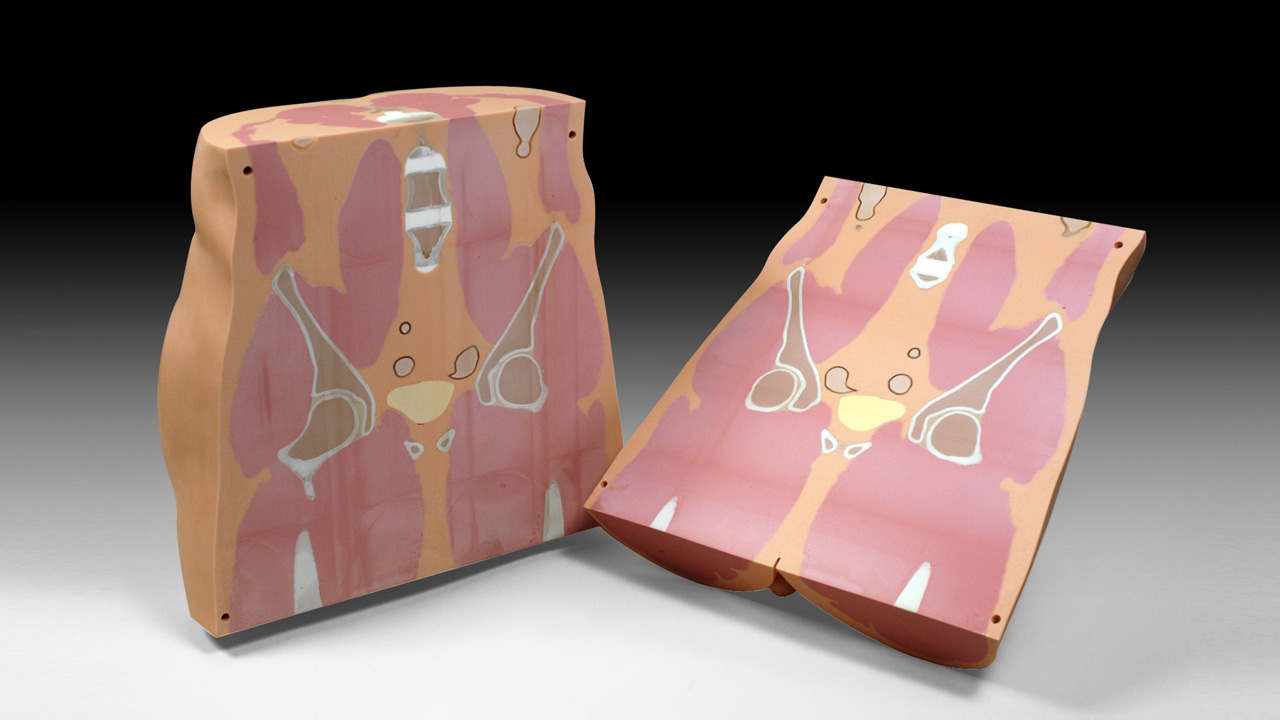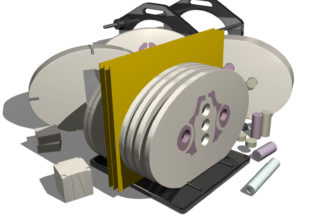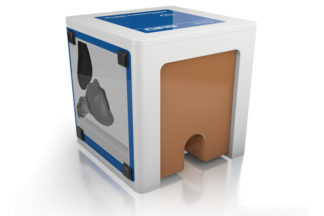THE NEXT GENERATION IN ANTHROPOMORPHIC PHANTOMS
The CIRS Model 801-P phantom is our most realistic, tissue equivalent phantom available. The phantom was designed for use in diagnostic radiology and radiation therapy for imaging dosimetry teaching and demonstration applications. All anatomical dimensions of the phantom are based on The Visible Human Project (VHP) data sets that serve as a reference for the study of human anatomy and are available through the National Library of Medicine.
CIRS has combined this anatomical detail with our advanced tissue mimicking technology. The phantom is made from proprietary epoxy materials that mimic the density and radiation attenuation properties of human tissue within 1% from 50 keV to 25 MeV. It contains anatomically precise bone, cartilage, spinal cord, vertebral disks, muscle, intestines, bladder, prostate, rectum and interstitial fat.
Just like the CIRS ATOM® line of phantoms, the VHP Phantom can be purchased uncut or segmented into 25mm thick contiguous sections. CIRS offers a hole grid options of 3 cm x 3 cm.
The grid contains 5mm diameter through holes filled with homogeneous tissue equivalent plugs for TLD placement. Hole locations are optimized for internal organ dosimetry. Ion chamber cavities, other grid patterns and hole diameters are available upon request.



